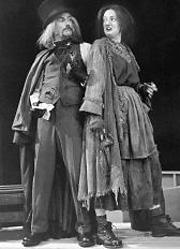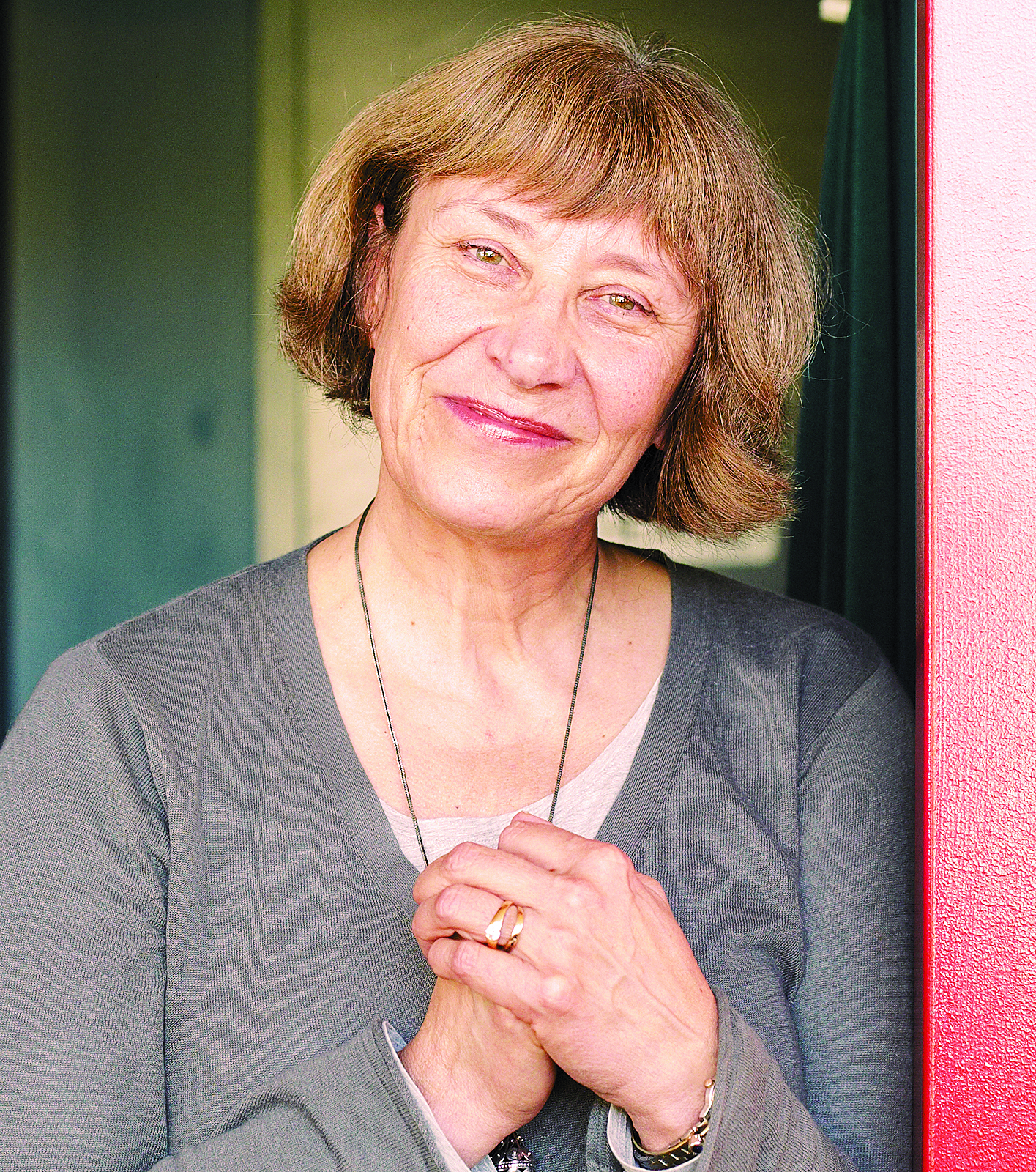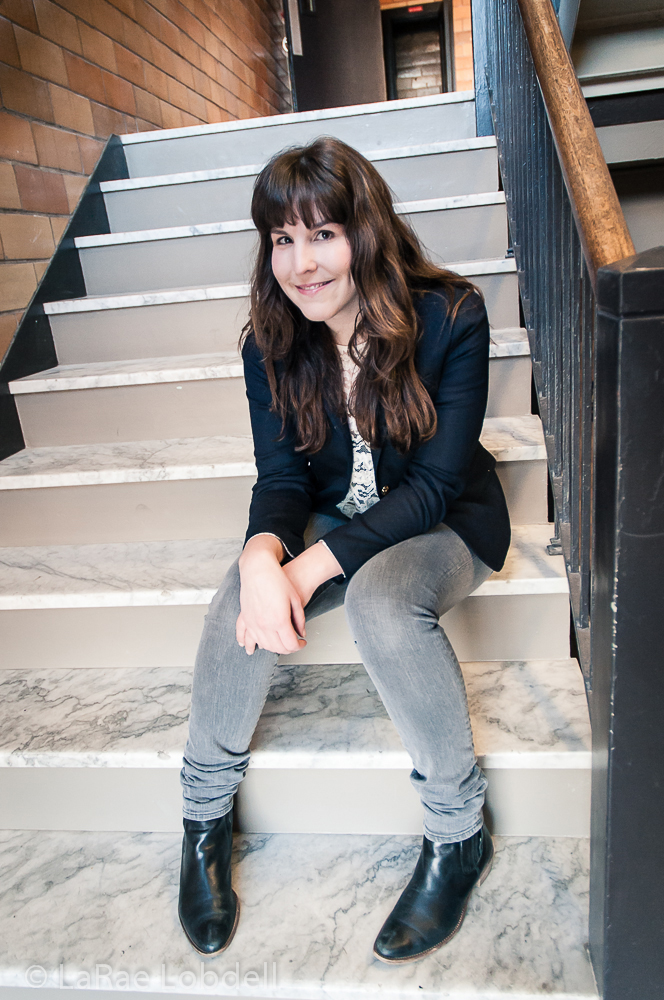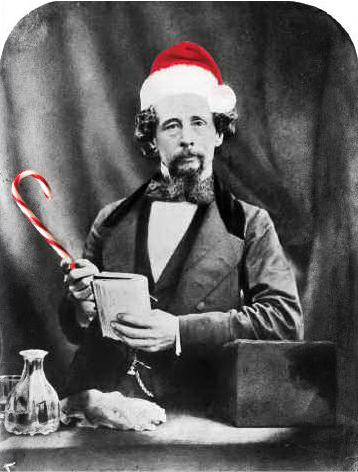IN YOUR TYPICAL college History of Drama course, spanning from the ancient Greeks to Angels in America (or wherever they end up these days), the one class you can almost undoubtedly skip is the one on popular 19th-century theater. During the age of melodrama the stage was dominated by insipid, uninspired fare that makes contemporary daytime soaps seem complex and insightful. At their best—as in the plays of Dion Boucicault, whose Shaughraun was given a sterling revival at the Rep a couple years back—these plays still come across as the trial runs for the work of Shaw, Ibsen, and Grandville-Barker, writers who took their basic form but filled them with a psychological insight that entirely transformed their content.
Under the Gaslight
Empty Space Theater through July 9
The modern audience is inclined to giggle at the cardboard villains, helpless heroines, and dashing heroes of these countless potboilers, which is clearly what the Empty Space hoped would happen with their revival of Augustin Daly’s 1867 piece Under the Gaslight. Daly’s play covers all the melodramatic bases in a fairly formulaic manner. It includes not one but two villains, the low-down blackmailer Byke (Burton Curtis) and his violent moll Judas (Ilmogen Love), as well as a sweet ing鮵e imperiled (Bhama Roget) and a dashing hero to rescue her (Jeffrey Treadwell). The play even involves a couple of low-class comic sidekicks— Anthony Curry as the one-armed Union soldier Snorkey and V. Joy Lee as the cheerful but vacant serving girl Peachblossom—who don’t so much foil the villains as prove very adept at getting in their way. The one novelty to the proceedings is Daly’s major contribution to the genre, in which the villain ties a victim in the path of an oncoming train. (Oddly enough, it’s not the heroine who risks fatal track marks in this play, but a potentially disposable sidekick.)
DESPITE ITS PLENTIFUL bag of tricks, this play just doesn’t seem to inspire either the director or the cast. Curtis and Love, two strong comic performers who’ve managed to infuse material much weaker than this with their individual brand of manic intensity, felt flat and tired in the midst of their villainous cackles, even on opening night. As for the rest of the cast, they seemed to have been assigned one joke each (Treadwell’s jaunty step, Roget’s simpering sob, Curry’s one-armed gesticulations) and asked to do the best they can for two and a half hours.
Director Eddie Levi Lee’s greatest failing is that he has not found a consistent style to carry the actors along. Is this a musical? A parody? A slightly naughty farce? At times the performers seem to be trying to play the material straight, which is a very bad idea. Daly’s original is a confused and messy affair, with haphazard motivation assigned to the characters and a plot designed, just like a modern Hollywood action film, solely to bridge the gap between one spectacle and another. The “curtain raisers” interposed between set changes—a series of melodramatic songs sung passably by the company and some comic sketches that were probably stale in Daly’s heyday—don’t help matters much. Only in a second half “medley” of patriotic songs led by Curry does the show come close to the sort of comic inventiveness that it requires.
From Texarkana Waltz to Hanging Lord Haw-Haw, the Space has had an immensely strong season, so Gaslight is a disappointing way to end. But if there’s a lesson to be learned from this show, it’s that it’s not enough to try to give the people what they want. You need to give the actors and artists involved what they want as well.








